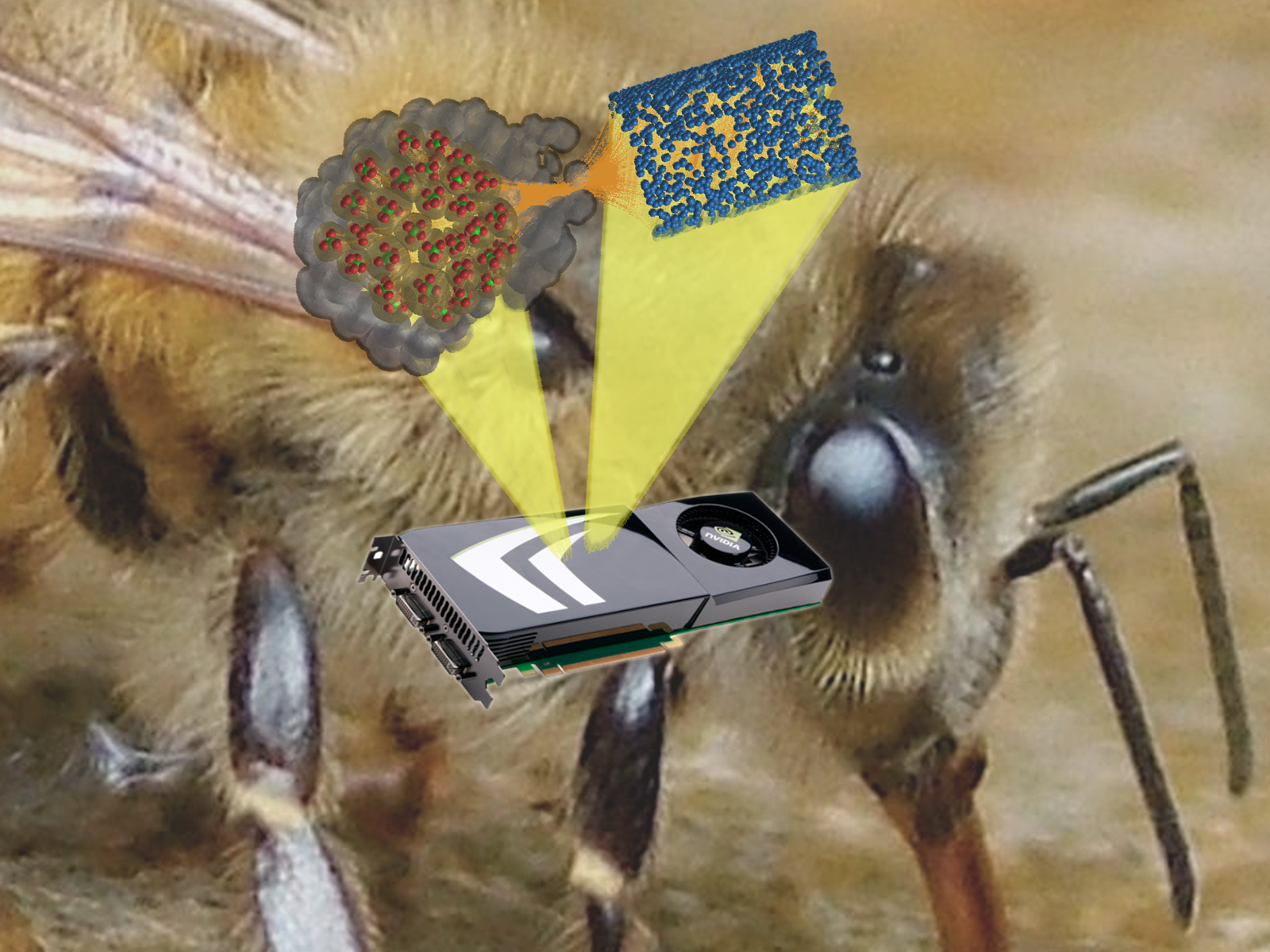PhD studentship in Computational Neuroscience at University of Sussex
|
A PhD studentship in Computational Neuroscience for 3 years is available in the group of Prof Thomas Nowotny from September 2015. The studentship forms part of a new research project on olfactory sensing financed by the Human Frontiers Science Program. The work in the project is designed to investigate how animals can use fine temporal information in odour stimuli to recognise "odour objects", i.e. meaningful combinations of chemicals that indicate the presence of a behaviourally relevant odour.
The project involves research groups from Germany, Japan, the USA, and the UK, working in areas ranging from electrophysiology to computational modelling and robotics.
|

|
The studentship in Sussex will be focused on data analysis and computational modelling of brain networks. We are looking for a talented student with an interest in computational work. Applicants from all disciplines are welcome but essential skills are the ability to program, mathematical skills, e.g. to be able to learn dynamical systems analysis, and creative scientific thinking.
The bulk of the work will be carried out on the beautiful Falmer campus of the University of Sussex at the outskirts of the lively South Coast town of Brighton. As part of the project you will travel to the project partners worldwide.
The studentship covers a stipend (Currently £13,863 annually, tax free) and fees at the level of UK/EU citizens.
How to apply
Please apply through the post-graduate application system of the University of Sussex:
http://www.sussex.ac.uk/study/pg/applying/2015entry
Please include a brief statement of your scientific interests and skills/experience in the mandatory "research proposal", including how you would imagine your role in the HFSP project (max 2 pages) and include a full CV. Indicate Prof Nowotny as your preferred advisor and mention the HFSP project.
When you apply, please send a copy of your application documents to t.nowotny@sussex.ac.uk.
Do not hesitate to get in touch at this address for any informal enquiries.
Deadline
Applications will be considered on a rolling basis but candidates applying before 15 June can be sure to be considered.
|
 |
 |
 |
Further information: Public Abstract of the Project
Animals as diverse as mammals, birds and insects use odors to find mates, hosts and food sources. This is a difficult task because natural odors occur in complex turbulent air plumes and the relevant target odors intermingle with plumes of multiple background odors stemming from a variety of natural and anthropogenic sources (vegetation, exhaust fumes, etc.). It is essential for animals to be able to separate target from background odors. We hypothesize that animals may use temporal information from natural odor fluctuations to achieve odor-background segregation, as odorants from the same source fluctuate together in synchrony, while odorants from different sources do not. Behavioral studies have shown that insects can indeed use fast temporal stimulus cues but it is not yet known how the brain accomplishes the difficult task of odor-background segregation. In this project we will investigate the neural mechanisms of odor-background segregation using the honey bee as model organism. Honey bees visit many different flower species for nectar and pollen. However, over a series of trips an individual forager bee only visits a single flower species on which it has found nectar previously, a phenomenon called floral constancy. To localizes the target flowers in a natural environment bees use several cues, including odors. As the bee is challenged by multiple background odors in every flower patch, bees must be equipped with efficient mechanisms of odor-background segregation. We will use behavioral experiments in honey bees to identify naturally evolved strategies of odor-background segregation (Brian H Smith, USA). Physiological recordings will inform us about neuronal processing and the receptor neurons' and the brain's different roles (Paul Szyszka, Germany). We will use computational models (Thomas Nowotny, UK) to formulate mechanistic explanations of the process of odor-background segregation and generate predictions to test in experiments. To overcome the limitations of in silico simulations, we will finally transfer successful models to the embodied context of odor tracking robots (Ryohei Kanzaki, Japan). Understanding how small and fast fluctuations in relative concentrations of odor mixtures are used by animals to reliably identify odor sources will help us identify common principles of how animals' brains represent and process their environment.
|  |
 |
 |
|